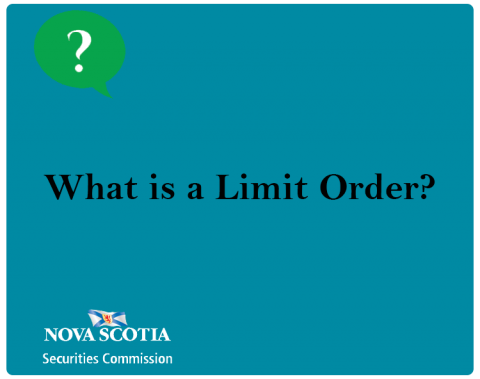Submitted by nsscadmin on

Last week we began our three-week series on common order types by looking at market orders. Today we’re reviewing limit orders.
A limit order is also known as a pending order. A limit order allows an investor to set the purchase or sale price of shares. A limit order will only be executed if this price is reached.
Let’s look at an example. I want to purchase some shares in a company at $10 per share. However, shares in that company are currently trading at $10.25. By placing a limit order to purchase 100 shares in that company at $10 per share my order will not execute unless the share price falls to $10, or I can find someone willing to sell me those shares at my price.
One important thing to note about a limit order is that is only sets the maximum price I will pay for shares, not the minimum. For example, if those shares in our example above quickly fell from $10.25 to $9.95 I would be able to purchase them at that price instead of $10.
When investing, knowing the different ways to invest, such as different order types, helps you make better and more informed decisions. You can never have too much information when investing, to make sure you’re investing to meet your financial goals.
